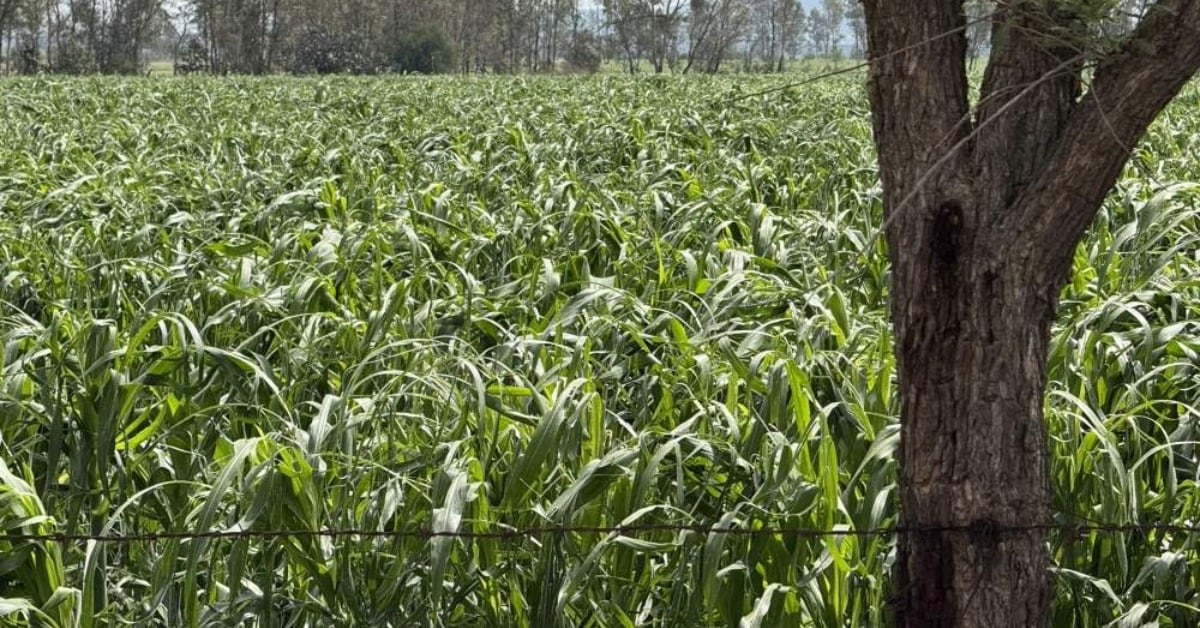Intense rains have flooded fields across Querétaro, putting Querétaro seasonal crops at risk over 2,500 hectares, prompting SEDEA emergency support to farmers . . .

Intense rains have flooded fields across Querétaro, putting Querétaro seasonal crops at risk over 2,500 hectares, prompting SEDEA emergency support to farmers . . .
